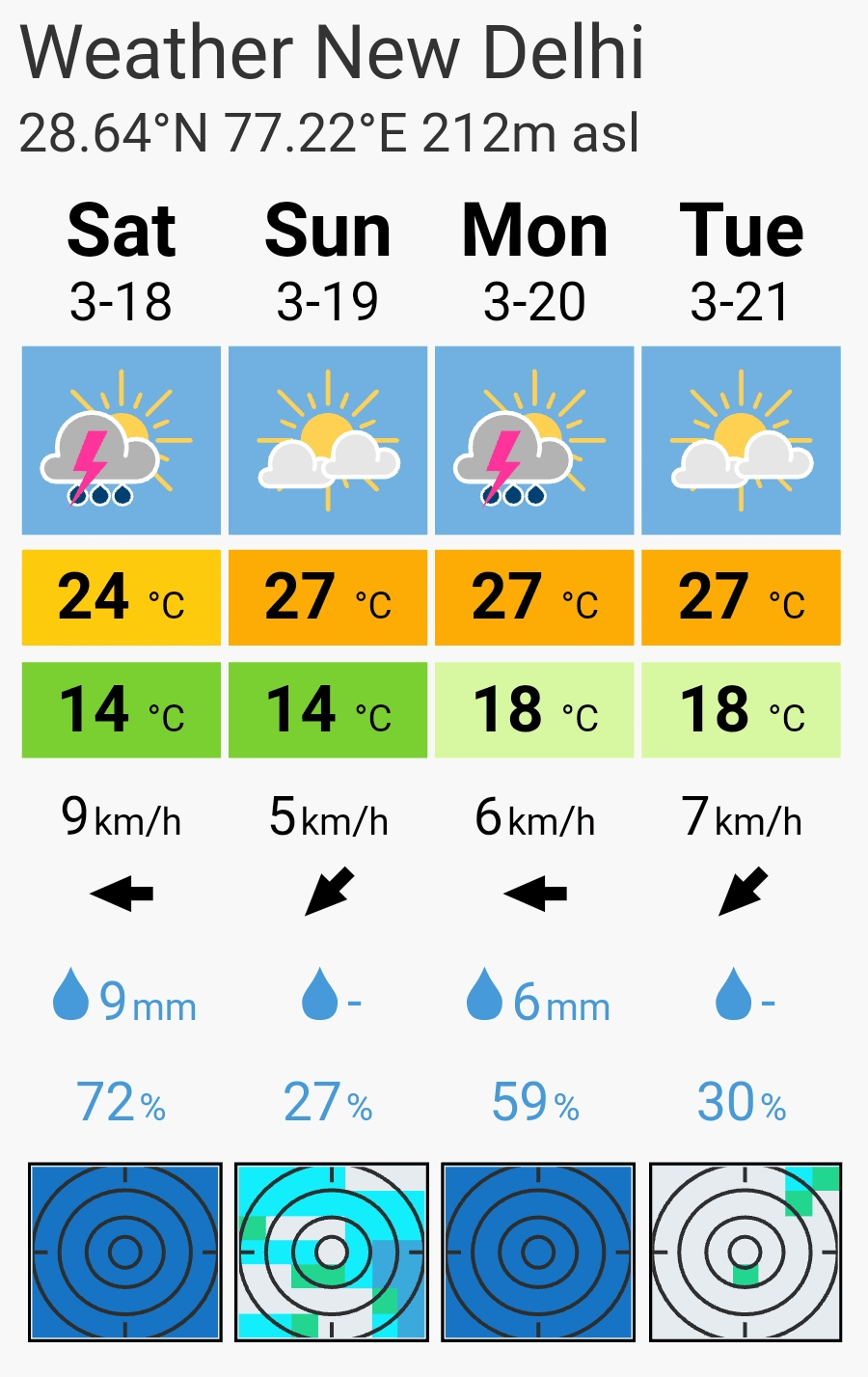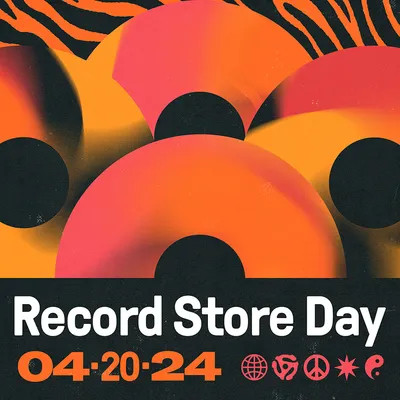About Saptak
 The famous Russian composer and concert pianist Sergei Rachmaninov had once said that, “Music is enough for a lifetime, but a lifetime is not enough for music.” To delve deeper into the world of music, a group of performers and music connoisseurs in Ahmedabad started on a journey in 1980 The quest was to connect with all those who were associated with Indian classical music – as a performer, as a student or as a rasika (listener). The initiative had the blessings of two legends of Indian Classical Music – Pt. Ravishankar and Pt. Kishan Maharaj. Nearly 30 years later, the spark of inspiration continues to burn bright, lighting up the path for newer initiatives that continue to evolve.
The famous Russian composer and concert pianist Sergei Rachmaninov had once said that, “Music is enough for a lifetime, but a lifetime is not enough for music.” To delve deeper into the world of music, a group of performers and music connoisseurs in Ahmedabad started on a journey in 1980 The quest was to connect with all those who were associated with Indian classical music – as a performer, as a student or as a rasika (listener). The initiative had the blessings of two legends of Indian Classical Music – Pt. Ravishankar and Pt. Kishan Maharaj. Nearly 30 years later, the spark of inspiration continues to burn bright, lighting up the path for newer initiatives that continue to evolve.
“I have been associated with this institution “Saptak” for the past 25 years and I am very appreciative of the work done by it. Saptak is a reputed institution which has always supported new and upcoming artists. It provides a platform for the talent of all artists to be showcased. I wish Saptak great and sustained success in their noteworthy endeavor. “
Sarangi maestro
Ustad Sultan Khan
(1940-2011)
Saptak Events
Saptak annual festival of music
The annual festival of music organised by Saptak from the 1st to 13th of January every year, is a musical feast that is the delight of any music connoisseur. This celebration of music is quite a unique experience in itself. The evening’s performance always begins with an emerging talent. With several luminaries in the audience, this is a grand stage for the young performer.
As the evening progresses, some of the most renowned performers in Indian classical music take the stage. The rasikas often leave in the early hours of the morning with a Raag Baghesri, Malkauns or Lalit still humming in their ears. It’s a celebration of music in its purest form. There are no tickets, no reservations, and one gets to be in the hall only through invitation. With the hall brimming over with highly knowledgeable and sensitive music connoisseurs, the performers are motivated to put forth their best performance at Saptak.
What makes the annual fare a memorable one is that it scales over popular demands to provide a rich bouquet of experience. While the audience gets treated to vintage khayal performances from the established maestros, they also have an opportunity to experience the dhrupad gayaki, thumris, rajasthani folk music, instrumental recitals of sitar, sarangi, flute, the mohan veena, rudra veena and percussion recitals on the tabla, pakhawaj and even the mridangam by the great contemporary musicians and musical experimentations of fusion . With nearly 125 top artistes and about 50 performances spread over 13 days (15 Baithaks including 2 morning baithaks), the music lovers from all over India and abroad converge at the Saptak music festival for an unparalleled experience.
Other Saptak Events
Apart from the annual festival, Saptak also organises a week long Saptak Sankalp Saptah Festival to showcase and promote emerging talents alongwith accomplished, senior Gurus. Shorter festivals to celebrate various seasons such as Vasant (spring) and Varsha (monsoon) are also organised by Saptak.
——————————————————————
Saptak Annual Festival 2012 (01/01-01/13/2012 + 02/12/2012) – partial list of artists…
Vocal : Pt. Ajoy Chakraborty, Smt.Girijadvi, Shri Gundecha Brothers, Pt. Jasraj,Ms. Jayshree – Bombay, Smt. Kaushiki Chakraborty Desikan, Pt. Rajan Sajaan Mishra, Ustsad Rashid Khan, Shri Shaukat Hussain Khan, Smt. Subha Mudgal, Pt. Ulhas Kashalkar
Instrumental : Ustad Amjad Ali Khan, Ustad Bahauddin Dagar , Shri Buddhaditya Mukerjee , Shri George Brooks (Sax), Pt. Hariprasad Chaurasia, Pt.Krishnamohan Bhatt, Smt. Rajam N, Ustad Shahid Parvez, Pt. Shivkumar Sharma, Shri Shubhendra Rao, Ustad Sujat Khan, Ms.Saskia Rao, Pt.Vishwamohan Bhatt
Dance : Pt. Birju Maharaj
Percussion : Shri Akhilesh Gundecha, Shri Fazal Qureshi, Pt.Puran Maharaj, Shri Sapan Chaudhary, Shri Sandeep Das, Shri Shubh Maharaj, Shri Vishnu Sahay
+ Visarata Vadyo [ less poplular heritage instruments] : [Surbahar, Vichitra Veena, Rudra Veena, Israj, Rubab, Nakkara, Naal, Khadtal ]
Smt Manju Mehta has been awarded the prestigious Marwar Sangeet Ratna Award for exceptional and outstanding achievement by the Mehrangarh Museum Trust.
More details @ Saptak Facebook Fanpage
(Saptak is registered in Ahmedabad as a Public Charitable Trust (No. E.4054), enjoying exemption under S.80G of the IT Act – Copyright: Saptak Trust, Ahmedabad, India)
Related articles
- Indian Festivals in December (mahindrahomestays.com)
- Sultan Khan, Indian Classical Musician, Dies at 71 (nytimes.com)
- 1940-2011: Music maestro Ustad Sultan Khan passes away today… (imcradiodotnet.wordpress.com)
- StudioTalks… a deep going insight for Indian Classics… (imcradiodotnet.wordpress.com)
Some impressions of Saptak Festival 2011 (delivered by our colleagues of TV9)…
—
—
+++


























